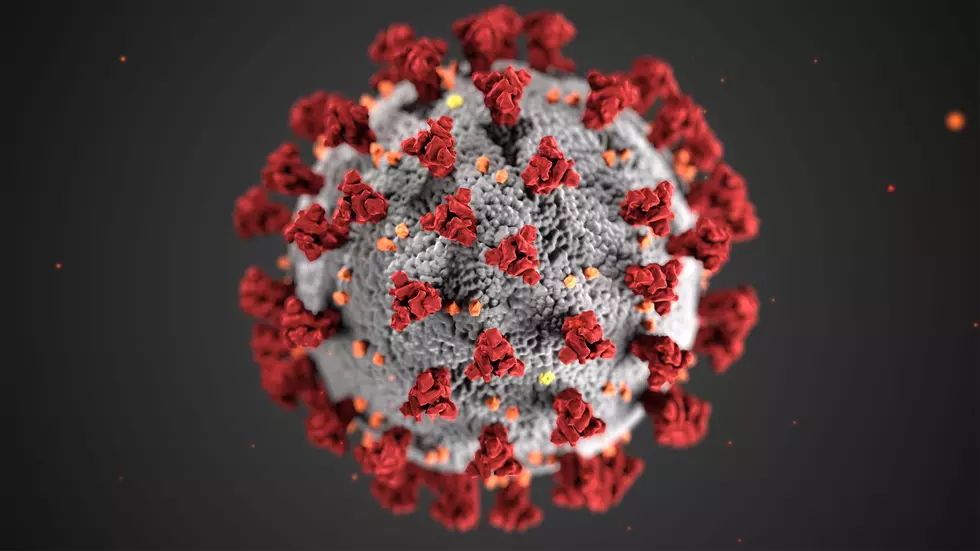
Amarillo: COVID-19 Symptoms, And The Difference From Influenza
As the number of Coronavirus (COVID-19) cases rise in the USA, and under the weather symptoms may leave you feeling extra concerned. Medical professionals are trying to ease those concerns, there are however some underlying symptoms that one should be aware of.
Differences: COVID-19 and the Flu from the CDC
Cause
COVID-19: Caused by one virus, the novel 2019 coronavirus, now called severe acute respiratory syndrome coronavirus 2, or SARS-CoV-2.
Flu: Caused by any of several different types and strains of influenza viruses.
Transmission
While both the flu and COVID-19 may be transmitted in similar ways (see the Similarities section above), there is also a possible difference: COVID-19 might be spread through the airborne route, meaning that tiny droplets remaining in the air could cause disease in others even after the ill person is no longer near.
Antiviral Medications
COVID-19: Antiviral medications are currently being tested to see if they can address symptoms.
Flu: Antiviral medications can address symptoms and sometimes shorten the duration of the illness.
Vaccine
COVID-19: No vaccine is available at this time, though it is in progress.
Flu: A vaccine is available and effective to prevent some of the most dangerous types or to reduce the severity of the flu.
Infections
COVID-19: Approximately 92,818 cases worldwide; 118 cases in the U.S. as of Mar. 3, 2020.
Flu: Estimated 1 billion cases worldwide; 9.3 million to 45 million cases in the U.S. per year.
Deaths
COVID-19: Approximately 3,159 deaths reported worldwide; 7 deaths in the U.S., as of Mar. 3, 2020.
Flu: 291,000 to 646,000 deaths worldwide; 12,000 to 61,000 deaths in the U.S. per year.
The COVID-19 situation is changing rapidly. Since this is a new virus, people do not have immunity to it, and a vaccine may be many months away. Doctors and scientists are working on estimating the mortality rate of COVID-19, but at present, it is thought to be higher than that of most strains of the flu.ease
The CDC states:
There is currently no vaccine to prevent coronavirus disease 2019 (COVID-19). The best way to prevent illness is to avoid being exposed to this virus. However, as a reminder, CDC always recommends everyday preventive actions to help prevent the spread of respiratory diseases, including:
Avoid close contact with people who are sick.
Avoid touching your eyes, nose, and mouth.
Stay home when you are sick.
Cover your cough or sneeze with a tissue, then throw the tissue in the trash.
Clean and disinfect frequently touched objects and surfaces using a regular household cleaning spray or wipe.
Follow CDC’s recommendations for using a facemask.
CDC does not recommend that people who are well wear a facemask to protect themselves from respiratory diseases, including COVID-19.
Facemasks should be used by people who show symptoms of COVID-19 to help prevent the spread of the disease to others. The use of facemasks is also crucial for health workers and people who are taking care of someone in close settings (at home or in a health care facility).
Wash your hands often with soap and water for at least 20 seconds, especially after going to the bathroom; before eating; and after blowing your nose, coughing, or sneezing.
If soap and water are not readily available, use an alcohol-based hand sanitizer with at least 60% alcohol. Always wash hands with soap and water if hands are visibly dirty.
For information about hand washing, see CDC’s Hand washing website
For information specific to healthcare, see CDC’s Hand Hygiene in Healthcare Settings
These are everyday habits that can help prevent the spread of several viruses. CDC does have specific guidance for travelers.
More From 101.9 The Bull







